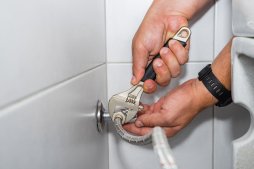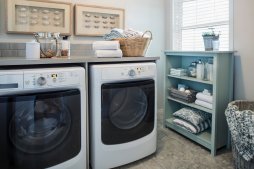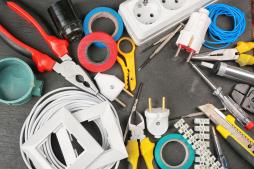Avoid Common Mistakes: What to Keep in Mind When Adding a Smart Lock

Smart locks are becoming increasingly popular for enhancing home security and convenience. However, before installing one, it’s important to understand key factors to ensure you make the right choice and avoid common pitfalls. This article will guide you through essential considerations when adding a smart lock to your property.
Understand Your Door Compatibility
Not all smart locks fit every door type or size. Before purchasing, check if the smart lock is compatible with your door’s thickness and lock style. Some smart locks work with standard deadbolts, while others require specific configurations or professional installation. Measuring your door and consulting product specifications can save you time and money.
Consider Connectivity Options
Smart locks connect through different technologies such as Wi-Fi, Bluetooth, or Z-Wave. Each has pros and cons regarding range, power consumption, and integration with other smart devices. For instance, Wi-Fi enabled locks allow remote access but may consume more battery power. Understanding these differences helps select the best option that fits your lifestyle and home setup.
Evaluate Security Features
Not all smart locks provide the same level of security. Look for features like encryption protocols, tamper alarms, auto-locking capabilities, and backup physical keys in case of technical issues. Also verify if the manufacturer regularly updates firmware to protect against vulnerabilities.
Plan for Power Supply Needs
Most smart locks run on batteries that need periodic replacement or recharging. Consider battery life expectancy and how easy it is to replace batteries without compromising security or locking yourself out. Some models offer alerts when battery levels are low — a helpful feature to avoid unexpected lockouts.
Think About Integration With Your Smart Home System
If you already use a voice assistant or home automation system like Alexa or Google Home, check whether the smart lock is compatible with it. Integration allows convenient control through voice commands or automation routines but requires compatibility between devices.
Adding a smart lock can greatly improve your home’s security and convenience when done thoughtfully. By understanding compatibility requirements, connectivity options, security features, power needs, and integration possibilities ahead of time, you can avoid common mistakes and enjoy seamless access control tailored to your needs.
This text was generated using a large language model, and select text has been reviewed and moderated for purposes such as readability.











